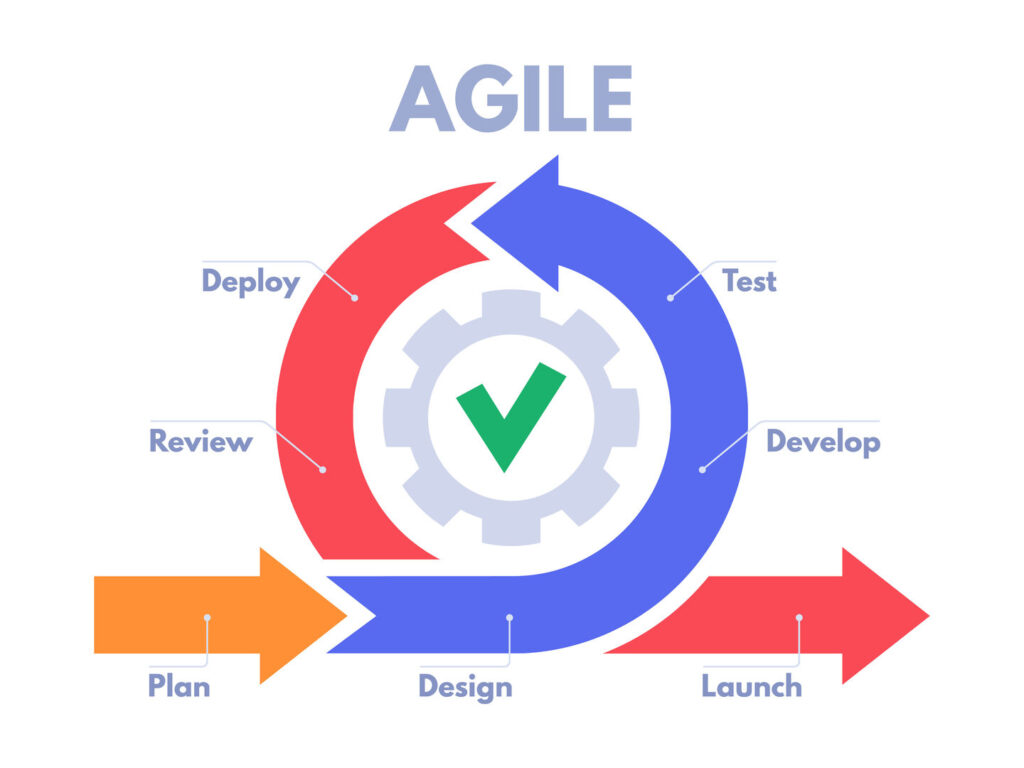Are you looking to build a knowledge base from scratch?
I recently commented on a post from a colleague with information that could be beneficial for other members of this community, so I’m making a dedicated post with 7 Guidelines for creating a helpful knowledge base with MeisterNote.
The saying goes like this:
“The hardest part of any important task is getting started on it in the first place. Once you actually begin work on a valuable task, you seem to be aturally motivated to continue.”
Brian Tracy
Creating usability is probably the hardest part of making a knowledge base. That should be the starting point, and it’s likely the thing most people struggle with.
Whether you’re starting from scratch or wanting to improve your existing documentation, here are some tips and best practices to help you get started.
My recommendation in any case would be to take the “Agile” approach.

The Agile Methodology
This means to produce small chunks of the product (documentation in this case), and test it out with a small portion of your intended audience. Take feedback, iterate, and continue.
A good starting goal could be this:
Document the 5 most common responses to questions received by your sales or support teams.
Focus on that only for a while, and produce a mini version of your knowledge base with 5 articles only.
Then:
- Distribute with your team
- Discuss internally
- Take notes of changes and suggestions
- Iterate (change the initial output using the obtained feedback)
- Rinse and repeat
You could even involve a couple of your most trusted customers in the feedback process and build loyalty to your brand by telling them:
- Their input is crucial in this new stage of the company
- They are an essential part of the company
- They have a chance to shape the future of the company
In the process of writing this, I consulted a colleague of mine, and he shared 7 guidelines he uses as a tech lead for making documentation:
- Define your purpose and goals
- Keep it organized
- Make it searchable
- Write clear and concise articles
- Use visuals
- Keep it updated
- Get feedback
Remember: your customer is above all!

In the following lines, I’ll describe in my words what each of those guidelines mean.
1. Define your purpose and goals
Before you start building your knowledge base, it’s important to first define its purpose and goals. What do you want it to achieve? Do you want it to be a self-service resource for customers? A training tool for new employees? Or both? Once you’ve defined its purpose, you can then determine what content needs to be included.
2. Keep it organized
If your knowledge base is disorganized, it will be difficult for users to find the information they need. Remember to focus always on your customer. That’s why it’s essential to keep it well organized. Create clear and concise categories and subcategories, and use descriptive titles that make it easy for users to find what they’re looking for.
3. Make it searchable
Your knowledge base should be easy to search so that users can quickly find the information they are looking for. Include a search function on your knowledge base, and make sure that all of your content is properly tagged and indexed so that it can be found easily.
4. Write clear and concise articles
The articles in your knowledge base should be clear, concise, and free of jargon. Use simple language that can be understood by everyone, and break down complex topics into smaller, more manageable pieces.
5. Use visuals
Include images, videos, and infographics in your articles to make them more visually appealing and easy to understand. Furthermore, visuals can also help break up long blocks of text and make your knowledge base more engaging. You could even embed a mind map to show the relationship between several of your products or services.
6. Keep it updated
It’s important to keep your knowledge base up-to-date with the latest information.Regularly review and update your articles to ensure that they are accurate and relevant.
7. Get feedback
Finally, don’t forget to get feedback from users on how you can improve your knowledge base. Ask for input on what content is most useful, what needs to be added, and what can be improved. If possible, include an “up vote” or “like” function. Use this feedback to continuously improve your knowledge base over time.

One tool, everything you need
Fortunately, MeisterNote is an intuitive online solution that will help you create documentation and knowledge bases collaboratively.
All the tips found in this article can be implemented quick and easy through MeisterNote because it allows you yo create content in 15 different formats, from text, images, videos, etc. Integration with your favorite apps is also available (Google Drive, Dropbox, Office, etc.)
I hope this publication helps you clear the path towards a successful start of your knowledge base.
Please leave your comments below, tell me what do you think of this article, and what else should I cover in this site.
Remember to subscribe to receive periodically my best practices, tactics, and strategies about creative problem-solving, remote work, asynchronous collaboration, management methodologies and service protocols to transform your company’s operations.
Best regards.

BSF.company

